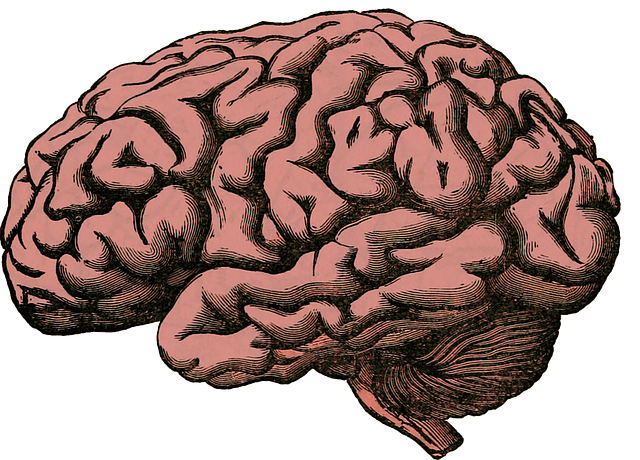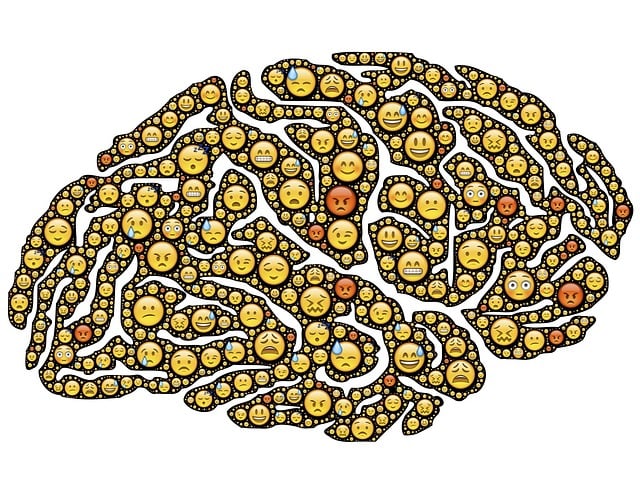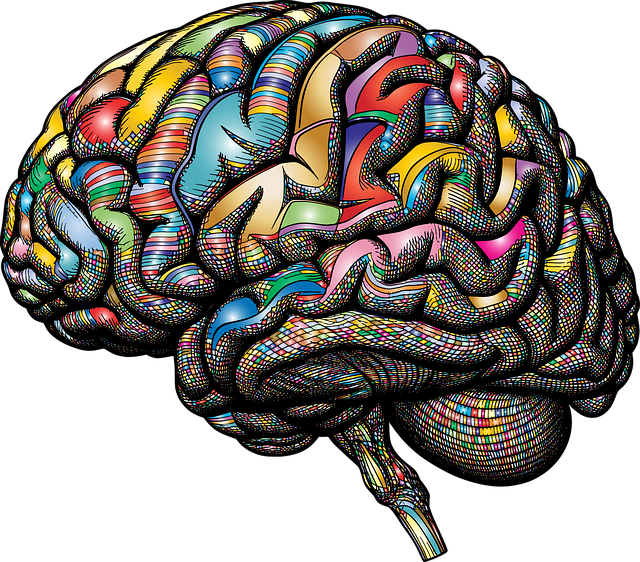Understanding Mental Health Data is key to effective analysis, encompassing demographic info, clinical assessments, treatment outcomes, and patient-reported experiences from sources like medical records and surveys. Preparation involves data cleaning, organizing, and coding to ensure consistency. Integrating structured clinical assessments with qualitative feedback from programs like Superior Abuse Survivors Therapy (SAST) enhances understanding of mental wellness progress. Advanced techniques like machine learning and predictive analytics identify at-risk populations and personalize interventions, such as SAST, leveraging Mental Wellness Journaling Exercise Guidance for tracking progress. This data-driven approach personalizes SAST practices, improving outcomes for abuse survivors through tailored protocols based on identified effective strategies.
Mental health data analysis is a powerful tool in improving therapy outcomes, especially for survivors of abuse. This article explores the process of understanding and interpreting mental health data, from collection to advanced analytical techniques. We delve into how structured data can reveal valuable insights, enhancing our knowledge of abuse survivors’ experiences and needs. By leveraging these findings, we aim to inform and improve Superior Abuse Survivors Therapy (SAST) practices, ultimately fostering better support for those who have endured trauma.
- Understanding Mental Health Data: Collection and Preparation
- Advanced Analytical Techniques for Insights
- Interpreting Results: Informing Superior Abuse Survivors Therapy (SAST) Practices
Understanding Mental Health Data: Collection and Preparation

Understanding Mental Health Data is a foundational step in any analysis process. It begins with recognizing that mental health data encompasses various forms, including demographic information, clinical assessments, treatment outcomes, and patient-reported experiences. Accurately capturing this data requires a comprehensive approach. The journey starts with identifying relevant sources such as medical records, surveys, and interviews, which collectively provide insights into individuals’ psychological states and journeys.
Preparation of these data involves cleaning, organizing, and coding to ensure consistency and accuracy. This process is crucial in removing any inconsistencies or errors that might skew results. For instance, integrating structured clinical assessments alongside qualitative feedback from Superior Abuse Survivors Therapy (SAST) programs can offer a nuanced understanding of patients’ mental wellness progress. Moreover, considering the development of Mental Wellness Coaching Programs and incorporating mood management techniques into data collection methods enhances the depth and breadth of insights gained from analyzing mental health data. Cultural sensitivity in mental healthcare practice is also paramount, ensuring that data reflects diverse experiences and perspectives.
Advanced Analytical Techniques for Insights

In the realm of mental health data analysis, advanced analytical techniques offer a powerful toolkit for gaining profound insights into various aspects of emotional well-being. These sophisticated methods go beyond basic statistics to uncover complex patterns and correlations within large datasets. By employing machine learning algorithms and predictive analytics, researchers can identify at-risk populations and tailor interventions, such as Superior Abuse Survivors Therapy (SAST), to address specific needs more effectively. This personalized approach enhances the impact of Trauma Support Services, ensuring that care is not one-size-fits-all but instead meets individuals where they are in their healing journey.
One innovative application involves utilizing Mental Wellness Journaling Exercise Guidance as a data source to track progress and identify areas for improvement. By analyzing trends in journaling content, professionals can gauge the effectiveness of certain therapeutic techniques or interventions over time. This not only informs treatment strategies but also empowers individuals to take an active role in their mental health management. Advanced analytics thus serves as a catalyst for evidence-based practices, fostering a more holistic and responsive approach to Emotional Well-being Promotion Techniques.
Interpreting Results: Informing Superior Abuse Survivors Therapy (SAST) Practices

Interpreting results from mental health data analysis is a pivotal step in enhancing and personalizing Superior Abuse Survivors Therapy (SAST) practices. By meticulously examining trends, patterns, and correlations within the data, therapists can gain profound insights into the unique needs of their clients. This involves not only understanding individual responses to existing therapeutic interventions but also identifying areas where SAST can be tailored for maximum impact.
For instance, analysis might reveal that certain emotional regulation techniques, such as mindfulness practices or cognitive reframing, significantly improve clients’ mood management and overall emotional well-being promotion. Armed with these insights, therapists can prioritize incorporating these evidence-based strategies into their SAST protocols. This data-driven approach not only ensures a more effective therapeutic journey for abuse survivors but also fosters continuous improvement in the quality of care provided.
Mental health data analysis is a powerful tool in enhancing our understanding of survivor experiences, and by employing advanced techniques, we can significantly improve Superior Abuse Survivors Therapy (SAST) practices. Through meticulous data collection, preparation, and interpretation, professionals can uncover critical insights that inform more effective therapeutic approaches. By leveraging these methods, SAST can become more tailored, accessible, and ultimately, life-changing for those seeking support.














